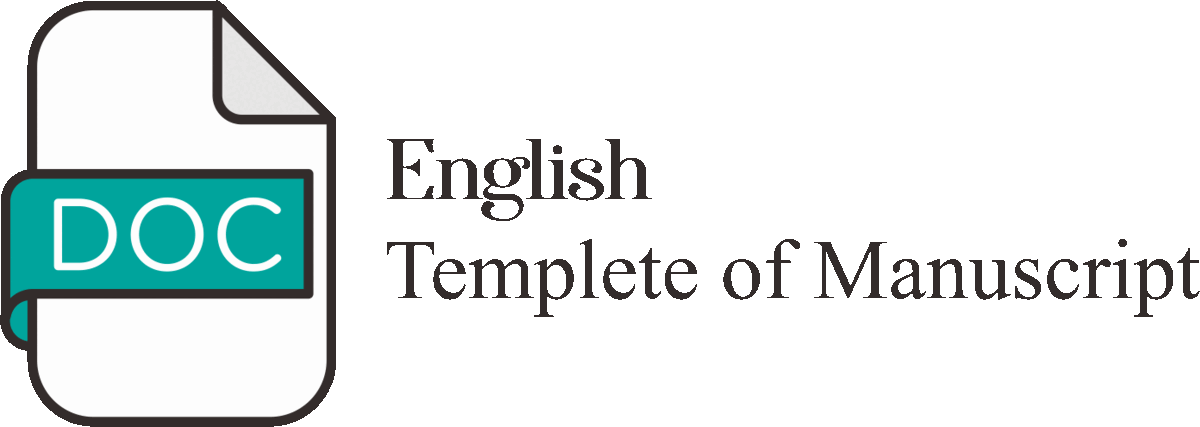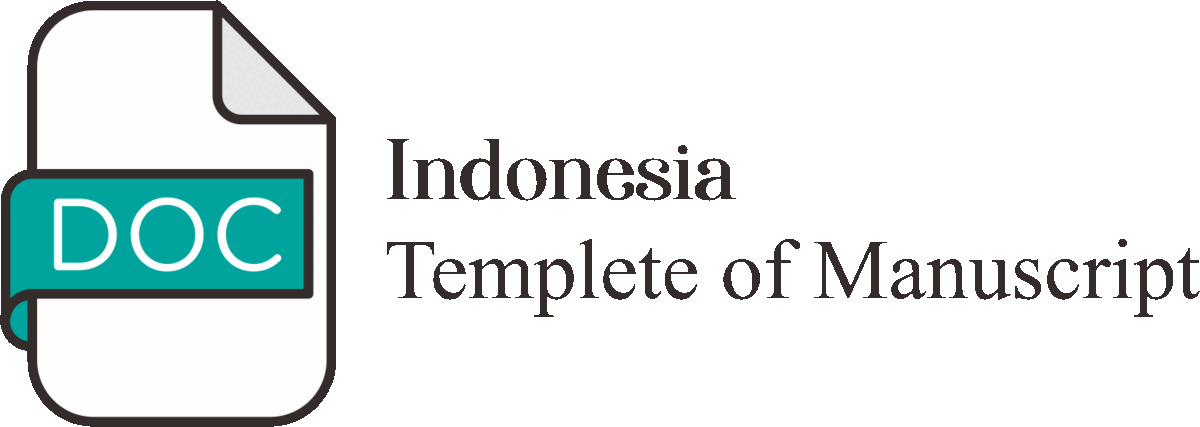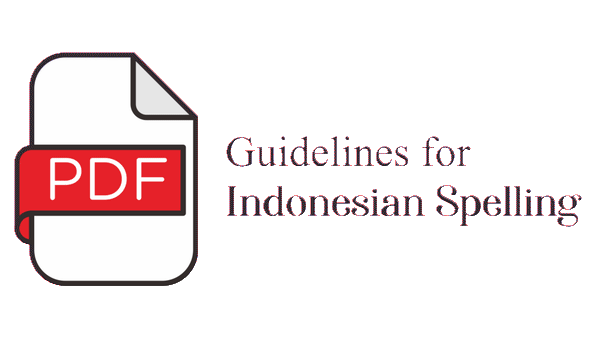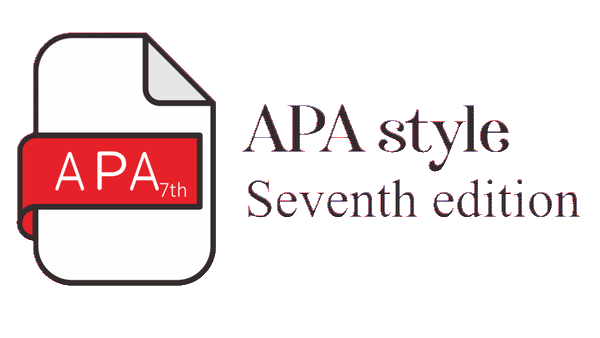Kemiskinan dan Strategi Penghidupan Nelayan Kecil di Tanjung Kait, Banten
Abstract
Nelayan kecil adalah komunitas yang sering dipandang sebagai komunitas miskin. Faktor penyebab kemiskinan pada nelayan kecil bersifat multidimensional. Tidak hanya karena faktor ekologi, faktor pengguasaan aset penghidupan yang tidak merata dapat digunakan untuk memahami kemiskinan pada nelayan kecil. Sebagian besar nelayan kecil masih terperangkap dalam kemiskinan, tetapi ada sebagian kecil dari nelayan kecil yang sukses keluar dari perangkap kemiskinan. Penelitian ini bertujuan untuk menganalisis tingkat kemiskinan nelayan kecil serta faktor penyebabnya dan menganalisis strategi penghidupan rumah tangga nelayan kecil untuk keluar dari kemiskinan. Penelitian menggunakan pendekatan penghidupan berkelanjutan. Penelitian dilakukan pada bulan Januari hingga Juni 2022 di Kampung Tanjung Kait, Kabupaten Tangerang, Banten. Metode penelitian yang digunakan adalah metode campuran dengan jenis strategi sequential exploratory. Teknik pengumpulan data adalah wawancara dan survei terhadap nelayan dengan kategori pemilik kapal dan buruh. Metode analisis data yang digunakan adalah analysis interactive mode untuk data kualitatif dan analisis deskriptif untuk pengolahan data kuantitatif. Hasil penelitian menunjukkan bahwa kemiskinan di rumah tangga nelayan bersifat tidak permanen dan hanya terjadi pada musim paceklik. Di level kelompok nelayan, isu kepemilikan aset pada cara produksi menentukan keuntungan ekonomi yang didapatkan oleh nelayan kecil. Di level rumah tangga, kesenjangan akses dan perbedaan dalam mengelola aset penghidupan menentukan kemiskinan di rumah tangga nelayan kecil. Beberapa rumah tangga dengan strategi penghidupan melalui diversifikasi pekerjaan dengan pengelolaan aset penghidupan yang baik dapat keluar dari perangkap kemiskinan. Peran kelembagaan serta pemanfaatan teknologi informasi dan komunikasi dapat mendukung strategi penghidupan nelayan kecil
Title: Poverty and Livelihood Strategy of Small-Scale Fishers in Tanjung Kait, Banten
Small-scale fishers are community that is often seen as a poor community. The causes of poverty of the small-scale fishers are multidimensional, not only due to ecological factors, the unequal control of livelihood assets can be used in understanding poverty in small-scale fishers. Most of small-scale fishers are still trapped in poverty, but there are a small number of small-scale fishers who managed to get out of poverty trap. This study aims to analyse the poverty of small-scale fishers and its causes and livelihood strategies of small-scale fisher households to get out poverty. The research uses a sustainable livelihood approach. The research was conducted in January until June 2022 in Tanjung Kait District, Tangerang Regency, Banten. The method used in this research was mixed methods with sequential exploratory strategy. Data collection techniques are in-depth interview and survey to fishing vessel owners and fishing vessel crews. The data analysis method used is interactive analysis mode for qualitative data and descriptive analysis for quantitative data. The result showed that poverty in small-scale fisher households are not permanent and only occurs during the lean season. Ownership of assets in the mode of production determines the economic obtained by small-scale fishers. At the household level, disparities in access and differences in the managing of livelihood assets determine the poverty of small-scale fishers. Several small-scale fisher households with livelihood strategies through job diversification by good management of livelihood assets can get out of the poverty trap. Institutional roles and the use of information and communication technology can support the livelihood strategies of small-scale fishers.
Keywords
Full Text:
PDFReferences
Adhuri, D. S., Rachmawati, L., Sofyanto, H., & Hamilton-Hart, N. (2016). Green market for small people: Markets and opportunities for upgrading in small-scale fisheries in indonesia. Marine Policy, 63, 198—205.
Ahmed, M., Sourav, M. S., Md., Emran, H., Md., Akhtaruzzaman, Khan, & Md., M. H, Prodhan. (2021). Assessment of livelihood and food poverty status of the floating fishermen in riverine system of Bangladesh. Social Sciences and Humanities, 4(1). doi: https://doi.org/10.1016/j.ssaho.2021.100219
Allison, E. H., & Ellis, F. (2001) The livelihood approach and management of small-scale fisheries. Marine Policy, 25, 377—388. http://dx.doi.org/10.1016/S0308-597X(01)00023-9.
Badan Pusat Statistik. (2022). Profil kemiskinan di Indonesia Maret 2022. Berita Resmi Statistik. Badan Pusat Statistik.
Badan Pusat Statistik. (2021). Statistik sumber daya laut dan pesisir: Perikanan berkelanjutan 2021. Badan Pusat Statistik. https://www.bps.go.id/publication/2022/11/30/d04f692f953694cedbe91909/statistik-sumber-daya-laut-dan-pesisir-2022.html
Badan Pusat Statistik. (2020). Berita Resmi Statistik Jakarta. Badan Pusat Statistik.
Badan Pusat Statistik. (2018). Statistik sumber daya laut dan pesisir: Cantrang dan kelestraian sumber daya laut. Badan Pusat Statistik.
Bakker, Y. W., J., de Koning, & J., van Tatenhove. (2019). Resilience and social capital: The engagement of fisheries Communities in Marine Spatial Planning. Marine Policy, 99, 132—39.
Bathara, L., F., Nugroho, C., Yolandika, & G., Hamzah. (2021). Livelihood assets of small-scale fisherman in Tanah Merah District, Indragiri Hilir Regency, Riau Province, Indonesia. IOP Conference Series: Earth and Enviromental Science. doi:10.1088/1755-1315/934/1/012042
Béné, Christophe. (2003). When fishery rhymes with poverty: A first step beyond the old paradigm on poverty in small-scale fisheries. World Development. doi: 10.1016/S0305- 750X(03)00045-7
Béné, Christophe. (2011). Poverty in small-scale fisheries: Old issue, new analysis. Progress in development studies. doi: 10.1177/146499341001100203
Damayanti, E., Septri, W., & Satria, P. U. (2018). Mode of production in fishermen community: Case study of relationship between the ship owner and labour of fishermen in Pulau Baai area, Bengkulu city. Agritropica: Journal of Agricultural Science.
Departement for International Development. (1999). Sustainable livelihoods guidance sheets. Departemen for International Development.
Ellis, F. & Freeman, A. (2004). Rural livelihoods and poverty reduction strategies in four African countries. Journal of Development Studies. doi: 10.1080/00220380410001673175
Hakim, Abdul. (2016). Metode kuantitatif untuk ilmu ilmu sosial. CV Cita Intrans Media.
Hanh, T. & Boonstra, W. (2018). Can income diversification resolve social-ecological traps in small-scale fisheries and aquaculture in the global south? Ecology and Society. doi: https://www.jstor.org/stable/26799139
Dinas Perikanan Kabupaten Tangerang. (2020). Laporan Kinerja Instansi Pemerintah.
Kinseng, R. A., Mahmud, A., Hamdani, A., & Hidayati, H. N. (2019). Challenges to the sustainability of small-scale fishers livelihood in Banyuwangi regency, East Java, Indonesia. IOP Conference Series: Earth and Environmental Science. doi:10.1088/1755- 1315/325/1/012008
Kinseng, R. A. (2014). Konflik nelayan. Pustaka Obor Indonesia.
Lubis, D. P. & Astri, S. (2010). Agricultural short message services as information for farmer empowerment. Journal of Development Communication, 19(1). doi: https://doi.org/10.46937/19202134076
Lynch, A. J., I. G., Cowx, E., Fluet, Chouinard, S. M., Glaser, S. C., Phang, T. D., Beard, S. D., Bower, J. L., Brooks, D. B., Bunnell, J. E., Claussen, S. J., Cooke, Y. C., Kao, K., Lorenzen, B., J. E., Myers, A. J., Reid, J. J., Taylor, & S., Youn . (2017). Inland fisheries – invisible but integral to the un sustainable development agenda for ending poverty by 2030. Global Environmental Change. doi: https://doi.org/10.1016/j.gloenvcha.2017.10.005
Miles, Mattew B. & A. Michael Huberman. (2007). Analisis data kualitatif, buku sumber tentang metode-metode baru. Universitas Indonesia Press.
Mustika, Risma. (2017). Dampak degradasi lingkungan pesisir terhadap kondisi ekonomi nelayan: Studi kasus Desa Takisung, Desa Kuala Tambangan, Desa Tabanio. Dinamika Maritim, 6(01).
Nayak, P. K., L. E., Oliveira., & F., Berkes. (2014). Resource degradation, marginalization, and poverty in small-scale fisheries: Threats to social-ecological resilience in India and Brazil. Ecology and Society, 19(2). doi: http://dx.doi.org/10.5751/ES-06656-190273
Poremoy, R. (2016). A research framework for traditional fisheries: Revisted. Marine Policy. doi: http://dx.doi.org/10.1016/j.marpol.2016.05.012
Robles, Zavala E. (2014). Coastal livelihoods, poverty and well-being in Mexico. A case study of institutional and social constraints. Journal of Coastal Conservation, 18(4), 431—448. http://www.jstor.org/stable/24760661
Schermer, H. & Jary, D. (2013). The poor in: Form and dialectic in Georg Simmel’s sociology. Palgrave Macmillan. https://doi.org/10.1057/9781137276025_5
Scoones, I. (1998). Sustainable rural livelihoods: Framework for analysis. Ids working paper 72. IDS.
Serrat, O. (2017). The sustainable livelihoods approach. In Knowledge solutions (pp. 21–26). Springer.
Spicker P. (2010). Definitions of poverty: Twelve clusters of meaning. Poverty: An International Glossary.
Stacey, N., Emily, G., Neil, R., Loneragan, C., Warren, B., Wiryawan, Dedi, S., Adhuri, Dirk J., Steenbergen & R., Fitriana. (2021). Developing sustainable small-scale fisheries livelihoods in Indonesia: Trends, enabling, and constraining factors, and future oppurtinities. Marine Policy, 132.
DOI: http://dx.doi.org/10.15578/jsekp.v18i1.12364
Indexed by:
-------------------------------------------------------------------------------------
Published by
Research Center for Marine and Fisheries Socio-Economic
in collaboration with
Indonesian Marine and Fisheries Socio-Economics Research Network

This work is licensed under a Creative Commons Attribution-NonCommercial-ShareAlike 4.0 International License.



















